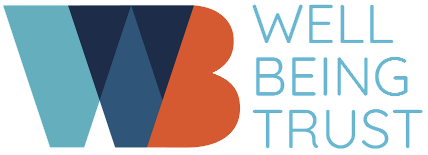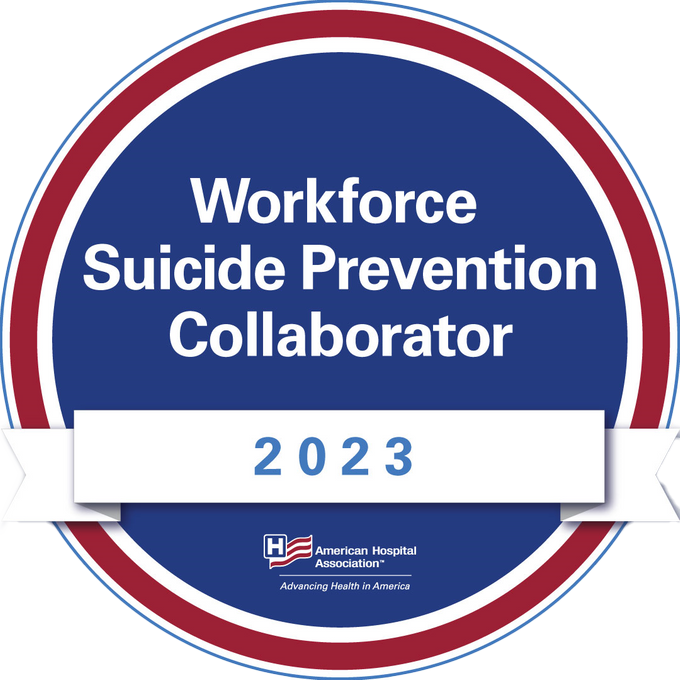A Framework to Improve Community & Enhance the Quality of Life of Millions
By Somava Saha, MD, MS, Vice President, IHI, and Co-Executive Lead for the 100 Million Healthier Lives initiative and Tyler Norris, MDiv, Chief Executive, Well Being Trust
The summer often brings us celebrations of family and community. As we gather and share each other’s stories — we often hear tales of someone overcoming obstacles to get to their station in life. These obstacles are often numerous and complex: the economy, living conditions, race and ethnicity, access to food – barriers we all seem to accept as normal now.
Yet, the evidence shows that the health of a community is a primary indicator of the success of individuals living in that community. Place matters! For instance, the quality of schools and high school graduation rates are a strong predictor of one’s future health status and life expectancy, as well as their community’s overall wealth and health.
Going one step further, the degree to which people engage in civic life, good jobs are available, housing is affordable, the environment enables people to connect with one another, and the culture of the community is inclusive — all of these relate to whether a community might thrive.
This is precisely the reason why similar indicators are among the nine core measures included in the newly developed Well-being In the Nation (WIN) Measurement Framework: Measures for Improving Health, Well-Being, and Equity Across Sectors, which was recently released by 100 Million Healthier Lives in partnership with scores of organizations and the National Committee on Vital and Health Statistics (NCVHS), an advisory committee to the US Secretary of Health and Human Services.
The Beauty is in the Design
The WIN Measures can be used by anyone — from a federal agency to a health care organization to a community coalition — to guide policy, compare results across initiatives, and drive improvement. The WIN report recognizes that the well-being of people and the well-being of places are interconnected and relate to the systems and conditions that perpetuate health inequities
To get to this point, over 15 months, more than 100 organizations across sectors (health, housing, transportation, environment, etc.), collaborated to create a living library of common measures that can be easily used across sectors and initiatives. In addition to what you’d expect, WIN also offers innovative measures that can be adapted for specific initiatives. Because of these features, users have found it easy to apply, with many communities, states, and initiatives already adopting this approach to:
- Identify measures for national initiatives that can be applied across a wide variety of communities (e.g., in partnership with the American Heart Association).
- Monitor the health, well-being, and equity of a population over time.
- Understand and drive improvements in health, well-being, and equity in organizations and communities by using the relevant measures before, during, and after implementation.
- Measure and evaluate population health initiatives at multiple levels, including the state level (California, Delaware, and New York).
- Understand health, well-being, and equity in population segments.
- Compare the health and well-being of communities through the development of an index.
- Conduct research and evaluation studies that connect the impact of different interventions (e.g., interventions focused on a particular topic area related to, for example, housing, education, or health) on overall well-being of the people and/or communities receiving that intervention.
The Time is Now
With the creation of these measure, the nation has, for the first time, an opportunity to come together, across organizations and sectors and with communities, to learn together what improves the health and well-being of people, places, and equity. This living library of measures is intended to be a common resource that supports us on this shared journey.
Taken together, the measures will help the nation shift our understanding of what creates health and equity and what we should begin to track in terms of our nation’s well-being. The WIN measures help us see the whole picture — including the social conditions that people and places need to thrive. These measures are simple, powerful, practical and represent areas where effort can lead to substantial improvement in the health and well-being of people and places, with a focus on those who need it the most.
We see the potential for the WIN measures to become the backbone for how the country advances the vital conditions for intergenerational well-being.
We invite you to join us in creating a shared ecosystem for measuring and improving health, well-being, and equity, by:
- Integrating the measures into your publicly available data platforms.
- Forming a group of committed stewards who will ensure data availability, use, and funding.
- Integrating measures into existing commonly used processes and platforms to support dissemination and learning.
- Developing a cooperative for learning and regularly updating the framework as we learn what matters to improve the health and well-being of the country.
Policymakers, citizens, and advocates now have a system and infrastructure to hold ourselves accountable for population-level public health improvements. Let’s use this asset to reverse the growth rate of deaths of despair, and increase healthy life years for all in America.






